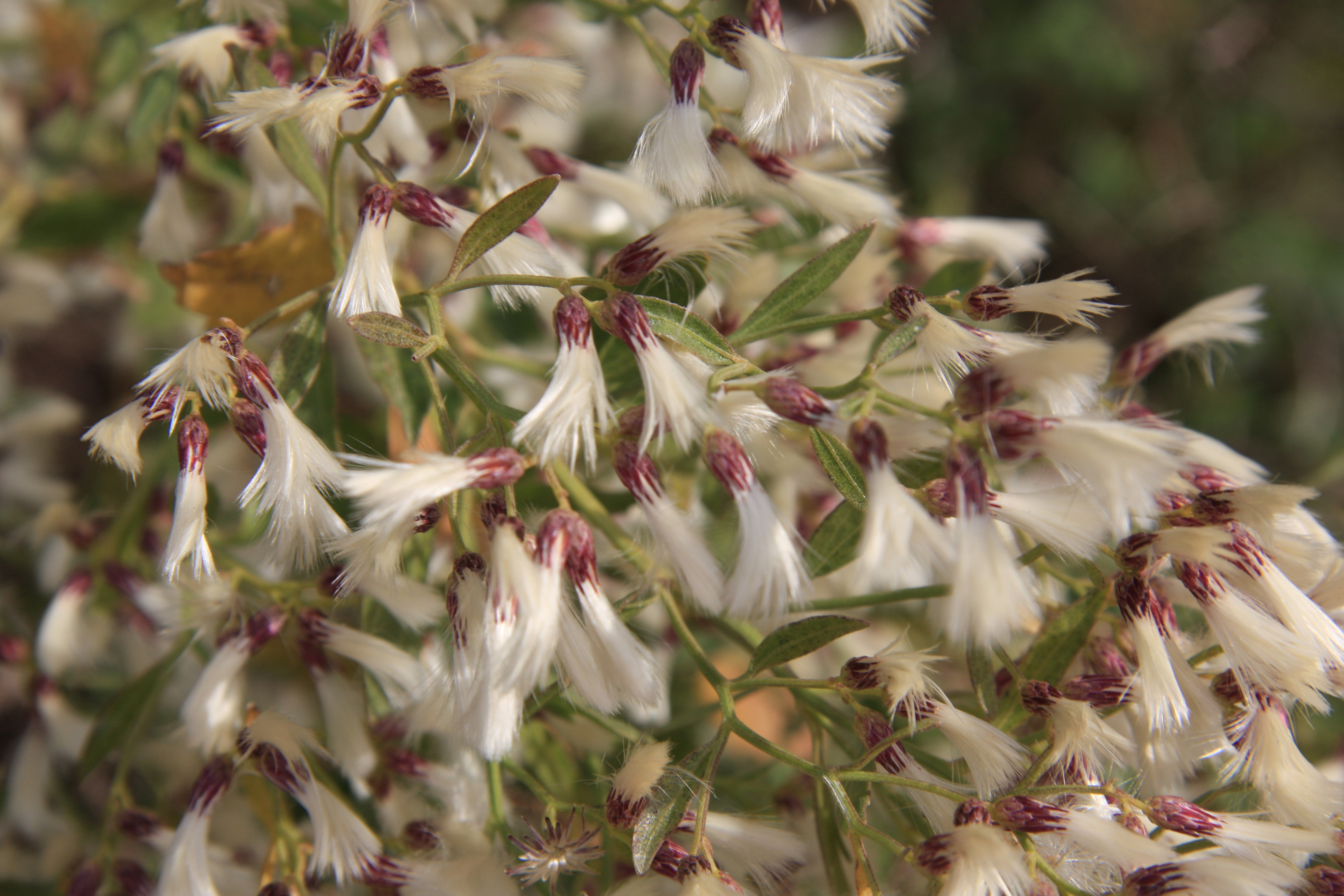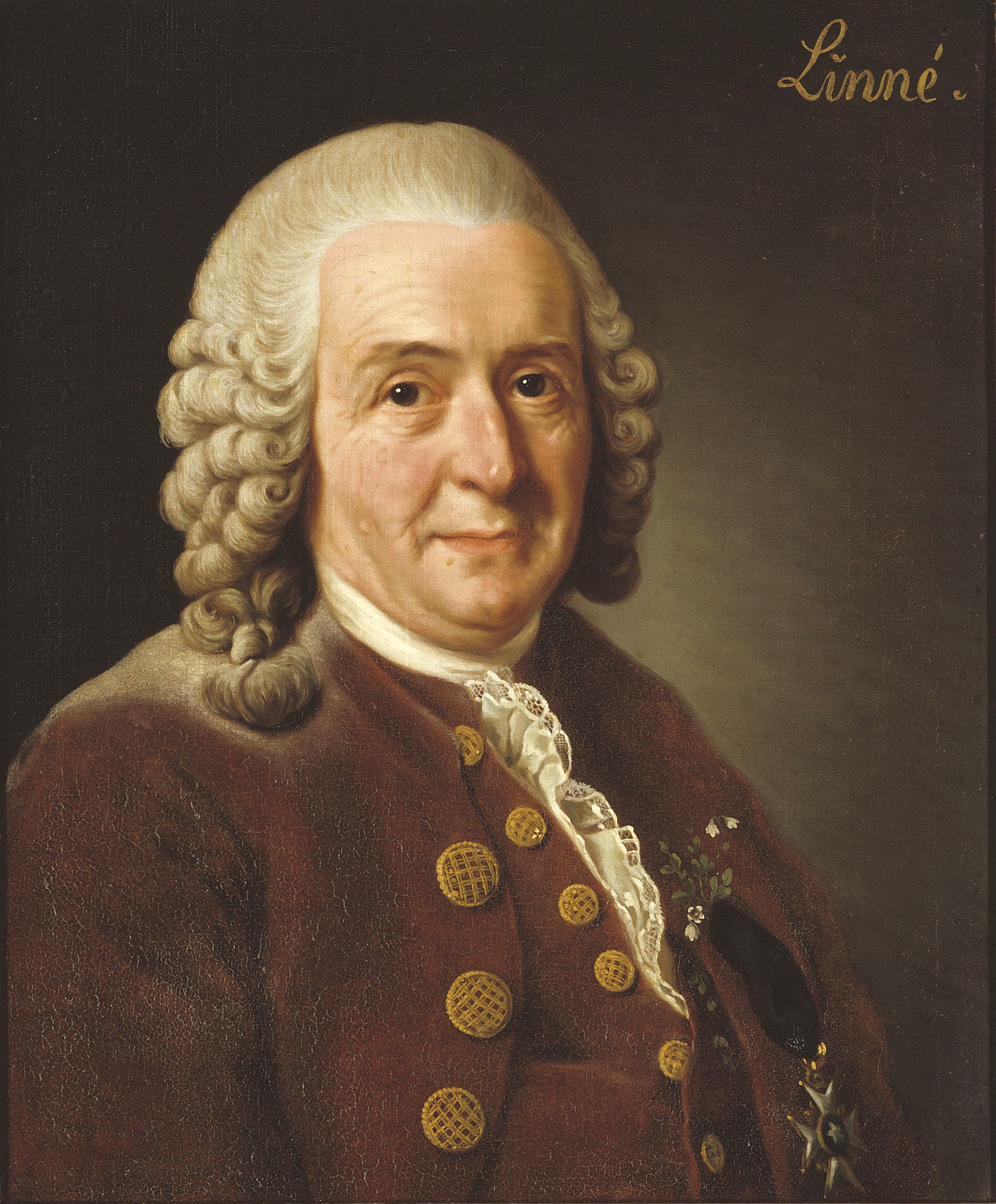Groundsel-tree on:
[Wikipedia]
[Google]
[Amazon]
''Baccharis halimifolia'' is a
 ''Baccharis halimifola'' was first described and named by Carl Linnaeus in his ''
''Baccharis halimifola'' was first described and named by Carl Linnaeus in his ''

 ''Baccharis halimifolia'' is a fall-flowering
''Baccharis halimifolia'' is a fall-flowering
 The species has become
The species has become
Trees, Shrubs, and Woody Vines of North Carolina: Groundseltree, Eastern Baccharis (''Baccharis halimifolia'')
{{Taxonbar, from=Q948018 halimifolia Flora of North America Plants described in 1753 Taxa named by Carl Linnaeus Medicinal plants of North America
North America
North America is a continent in the Northern Hemisphere and almost entirely within the Western Hemisphere. It is bordered to the north by the Arctic Ocean, to the east by the Atlantic Ocean, to the southeast by South America and the Car ...
n species of shrubs in the family Asteraceae. It is native to Nova Scotia, the eastern and southern United States (from Massachusetts south to Florida and west to Texas and Oklahoma
Oklahoma (; Choctaw language, Choctaw: ; chr, ᎣᎧᎳᎰᎹ, ''Okalahoma'' ) is a U.S. state, state in the South Central United States, South Central region of the United States, bordered by Texas on the south and west, Kansas on the nor ...
), eastern Mexico (Nuevo León
Nuevo León () is a state in the northeast region of Mexico. The state was named after the New Kingdom of León, an administrative territory from the Viceroyalty of New Spain, itself was named after the historic Spanish Kingdom of León. With a ...
, San Luis Potosí
San Luis Potosí (), officially the Free and Sovereign State of San Luis Potosí ( es, Estado Libre y Soberano de San Luis Potosí), is one of the 32 states which compose the Federal Entities of Mexico. It is divided in 58 municipalities and i ...
, Tamaulipas, Veracruz, Quintana Roo), the Bahamas, and Cuba.
Widely used common names include eastern baccharis, groundsel bush, sea myrtle, and saltbush, with consumption weed, cotton-seed tree, groundsel tree, menguilié, and silverling also used more locally. In most of its range, where no other species of the genus occur, this plant is often simply called baccharis.
Classification
 ''Baccharis halimifola'' was first described and named by Carl Linnaeus in his ''
''Baccharis halimifola'' was first described and named by Carl Linnaeus in his ''Species Plantarum
' (Latin for "The Species of Plants") is a book by Carl Linnaeus, originally published in 1753, which lists every species of plant known at the time, classified into genera. It is the first work to consistently apply binomial names and was the ...
'', published in 1753. No subspecies or varieties are recognized within the species.
This species is the northernmost member of the large Western Hemisphere genus Baccharis in the aster family (Asteraceae).
''Senecio arborescens
''Senecio arborescens'' is a flowering plant in the aster family, but the available information about it is mostly conflicting and old.
According to the World Conservation Union, ''S. arborescens'' is a native to and widely occurring in the are ...
'', a Neotropical species, was confused with ''Baccharis halimifolia'' in the past.
Description

 ''Baccharis halimifolia'' is a fall-flowering
''Baccharis halimifolia'' is a fall-flowering shrub
A shrub (often also called a bush) is a small-to-medium-sized perennial woody plant. Unlike herbaceous plants, shrubs have persistent woody stems above the ground. Shrubs can be either deciduous or evergreen. They are distinguished from trees ...
growing to about 12 ft (4 m) high and comparably wide, or occasionally a small tree. Its simple, alternate, thick, egg-shaped to rhombic leaves mostly have coarse teeth, with the uppermost leaves entire. These fall-flowering ''Baccharis'' plants are dioecious
Dioecy (; ; adj. dioecious , ) is a characteristic of a species, meaning that it has distinct individual organisms (unisexual) that produce male or female gametes, either directly (in animals) or indirectly (in seed plants). Dioecious reproductio ...
, with male and female flowers on separate individuals. Their flowers are borne in numerous small, compact heads in large leafy terminal inflorescences, with the snowy-white, cotton-like female flower-heads showy and conspicuous at a distance.
The species is sometimes confused with the marsh-elder (''Iva frutescens''), with which it often co-occurs, but the ''Baccharis'' has its leaves alternate, while those of the ''Iva'' are opposite.
Ecology
''Baccharis halimifolia'', usually found in wetlands, is unusuallysalt-tolerant
Halotolerance is the adaptation of living organisms to conditions of high salinity. Halotolerant species tend to live in areas such as hypersaline lakes, coastal dunes, saline deserts, salt marshes, and inland salt seas and springs. Halophiles a ...
, and often found along salty or brackish shores of marshes and estuaries, and the inland shores of coastal barrier islands. In Florida, it is also found along ditches, in old fields, and in other disturbed areas. Other habitats in the northeastern United States include freshwater tidal marshes and open woods and thickets along the seacoast.
The flowers produce abundant nectar
Nectar is a sugar-rich liquid produced by plants in glands called nectaries or nectarines, either within the flowers with which it attracts pollinating animals, or by extrafloral nectaries, which provide a nutrient source to animal mutualists ...
that attracts various butterflies
Butterflies are insects in the macrolepidopteran clade Rhopalocera from the Order (biology), order Lepidoptera, which also includes moths. Adult butterflies have large, often brightly coloured wings, and conspicuous, fluttering flight. The ...
, including the monarch (''Danaus plexippus''). These dense shrubs also provide wildlife food and cover.
Invasiveness
 The species has become
The species has become naturalized
Naturalization (or naturalisation) is the legal act or process by which a non-citizen of a country may acquire citizenship or nationality of that country. It may be done automatically by a statute, i.e., without any effort on the part of the in ...
in Europe and in New Zealand and considered invasive.
The species features since 2016 on the list of Invasive Alien Species of Union Concern. This means that import of the species and trade in the species is forbidden in the whole of the European Union.
In Australia
Australia, officially the Commonwealth of Australia, is a Sovereign state, sovereign country comprising the mainland of the Australia (continent), Australian continent, the island of Tasmania, and numerous List of islands of Australia, sma ...
, ''B. halimifolia'' is an invasive species
An invasive species otherwise known as an alien is an introduced organism that becomes overpopulated and harms its new environment. Although most introduced species are neutral or beneficial with respect to other species, invasive species ad ...
along the coast of southern Queensland and New South Wales. As biological control the rust fungus ''Puccinia evadens
''Puccinia'' is a genus of fungi. All species in this genus are obligate plant pathogens and are known as rusts. The genus contains about 4000 species.
The genus name of ''Puccinia'' is in honour of Tommaso Puccini (died 1735), who was an Italia ...
'' is used.
Furthermore, the lepidoptera ''Hellinsia balanotes
''Hellinsia balanotes'', the baccharis borer, is a moth of the family Pterophoridae which is native to Guatemala, northern Mexico, and the United States including Arizona, Texas, Florida, Mississippi, South Carolina and Maryland, but has been int ...
'' (Meyrick, 1908), '' Aristotelia ivae'' Busck, 1900, ''Lorita baccharivora
''Lorita baccharivora'', the groundsel leafroller, is a species of moth of the family Tortricidae. It is native to Florida and Texas, but has been introduced to Australia for the biological control of groundsel bush (''Baccharis halimifolia''). ...
'' Pogue, 1988 and '' Prochoerodes truxaliata'' (Guenée, 1858) were released for its biological control.
In the northeastern United States
The Northeastern United States, also referred to as the Northeast, the East Coast, or the American Northeast, is a geographic region of the United States. It is located on the Atlantic coast of North America, with Canada to its north, the Southe ...
, the species has become common well inland of the shrub's natural range along various major highways where road salt is heavily used, sometimes forming conspicuous displays when flowering in the fall, as along I-95 in Howard County, Maryland.
Toxicity
The seeds of ''Baccharis halimifolia'' are toxic to humans.Uses
''Baccharis halimifolia'' is occasionally cultivated and is considered useful as a hedge or border as well as a specimen plant. In southern Louisiana, it has been traditionally used as a medicine to treat inflamed kidneys and fever.References
Other references
* *Niering, William, Olmstead, Nancy, ''National Audubon Society Field Guide to North American Wildflowers Eastern Region'', 1995, , p. 367External links
*Trees, Shrubs, and Woody Vines of North Carolina: Groundseltree, Eastern Baccharis (''Baccharis halimifolia'')
{{Taxonbar, from=Q948018 halimifolia Flora of North America Plants described in 1753 Taxa named by Carl Linnaeus Medicinal plants of North America